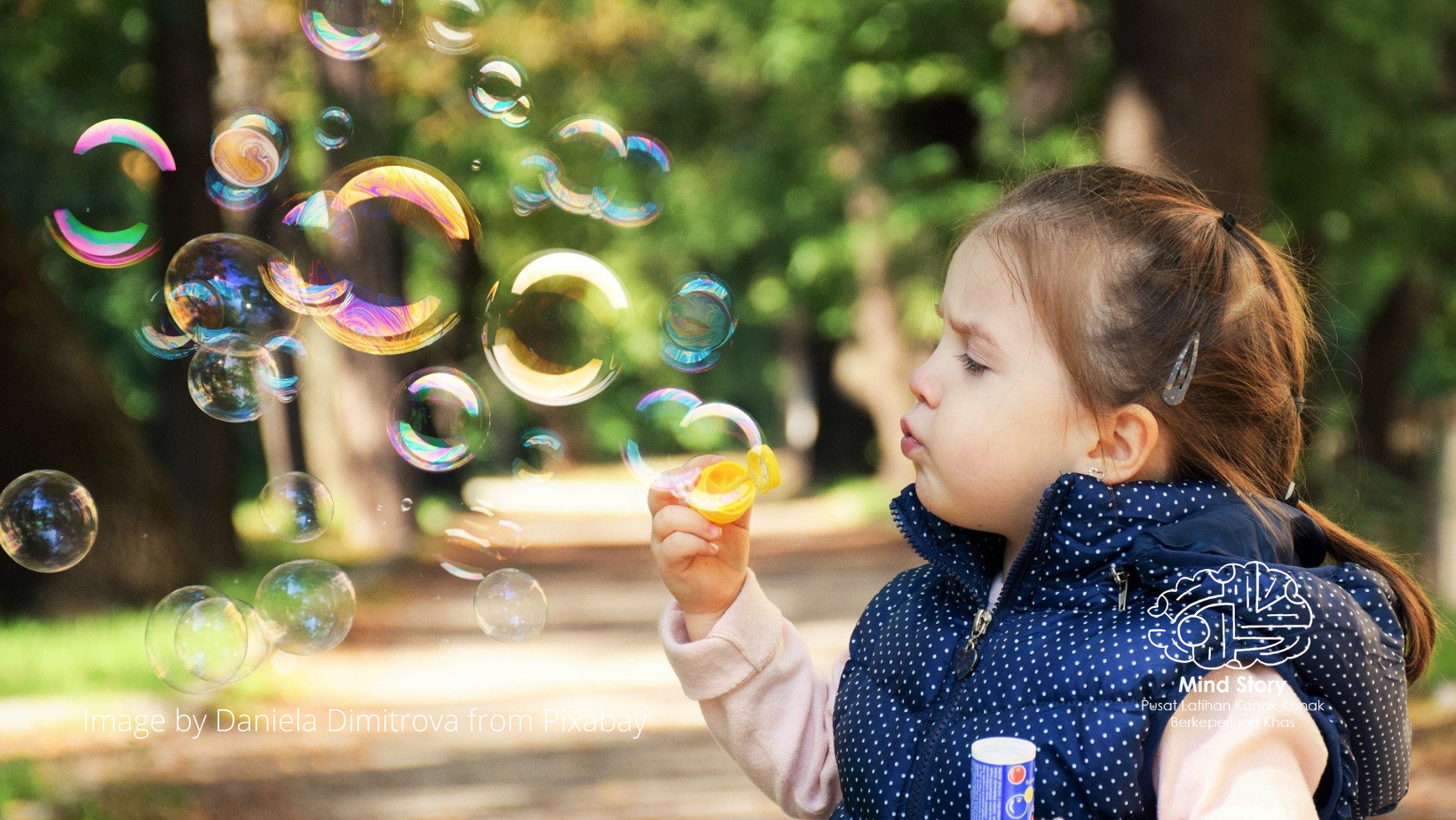
Your parenting journey is a series of discovery of your child. As parents, you would ensure your child grows healthily. You provide care, food, warmth and ensure your child is safe – with the people you trust to care for them, the food is safe for consumption and environment is safe. In addition, of the basic care, you would ensure your child is learning – academically and socially. Thus, when you struggle with your child’s behavior, you would probably start wondering what has gone wrong. Why isn’t your child learning the skills needed to behave appropriately or picking up the letters and numbers as their peers?
The Pyramid of Learning is developed by Maryann Trott (Special Educator) and Kathleen Taylor (Occupational Therapist) to explain the foundation skills needed for a person prior to developing skills for academic learning. A person with strong foundation skills will allow him / her to acquire more complex set of skills. Any gaps in developmental levels will affect progress in mastering the complex set of skills.
What is the Pyramid of Learning?
At the base of the pyramid is the Central Nervous System – one which controls pretty much everything that we do – reflexes, thoughts, body movement. Next, we have the 7 sensory inputs, namely, olfactory, visual, auditory, gustatory, tactile, vestibular and proprioception. Read more on sensory processing issues here.
Next up is the sensory motor development that involves the body scheme, reflex maturity, ability to screen input, postural security, awareness of two sides of body and motor planning. These involve the use and coordination of large muscles of the body on legs, trunk and arms and gradually the smaller muscles of the hands. Children with delays or difficulties in sensory motor development may face challenges such as ability to walk, catch a ball, dancing or writing.
Then, we have perceptual motor development which includes auditory language skills, visual-spatial perception, attention center functions, eye-hand coordination, ocular motor control and postural adjustment. It involves the brain function in a way to plan and make decision from simple to more complex task. It requires a combination of use of sense, motor and environment to understand and respond to situation.

Last but not least, it is the cognitive development which includes academic learning, daily living activities and behavior. These are the areas where parents notice the difficulty their children are experiencing. If there are gaps in the lower levels of pyramid, each of the cognitive development would require support or intervention to narrow or bridge the gap.
Supporting Your Child’s Pyramid of Learning
Children learn best through play. Be active and involved in play with your child creates moments of learning and understanding. Here are some activities you can do with your child to play and promote their learning ability.
Bubbles

Bubbles are versatile. All children (and adults) get excited with bubbles. Bubbles in the air promote visual tracking skill. Have your child chase after bubbles to pop it as it glides through air. On the other hand, running, jumping and reaching out to catch bubbles promotes physical development on balancing and muscle building and spatial awareness. When your child is able to blow bubbles, it promotes the jaw and mouth muscles which in turn, allow your child to elicit different sound of speech.
Musical Instruments
Empty containers? Pots and pans? These are great items to turn them into musical instruments. Playing musical instruments build your child’s fine and gross motor skills. The ability to tap on drums or holding drumstick to hit on pan strengthens their hand / finger muscle. Your child is able to explore different tone and sound as they apply different strength when tapping or hitting their instruments. Furthermore, the ability to hit the instrument to produce sound enhances your child’s eye-hand coordination.
Play dough or Slime
You can make your own and there are so many ways you can use play dough to play with your child. Roll it into alphabets or scavenger hunt activity. Experiment ways of making play dough – understanding cause and effect – what will happen to the dough if you add more water? How is the texture? Playdough and slime promote fine motor skills as your child roll, knead and presses on it. It is calming as it helps ease tension and improve focus of your child.
Conclusion
The Pyramid of Learning explains the foundation skills needed for a person prior to developing skills for academic learning. If your child is having difficulty in academic learning, daily living activities or behavior, it may be worthwhile to refer to the pyramid of learning to identify areas where your child may need support. Allowing your child to play and be their playmate to understand where could be the possibility area where your child needs support.
Watch Alia’s sharing on Sensory Processing Disorder on our Facebook Live.